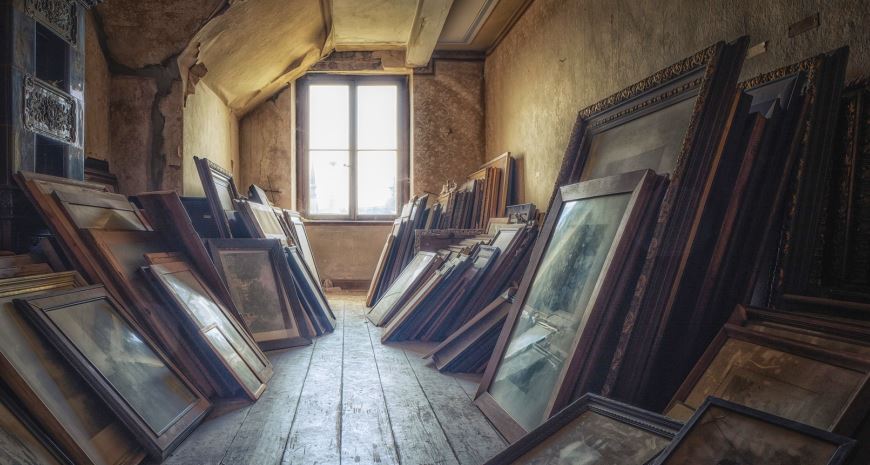Title:
Art Preservation Tips
Word Count:
468
Summary:
Art is a treasure to be preserved, and there are some basic tips that can be followed in order to make sure your investment is protected for years to come. Along with various acid-free and conservation framing and mounting methods, storage of your art is also a very important consideration when ensuring your art will stand the test of time.
Do not store paintings in the basement or attic. The heat and moisture can warp and dampen the art, and the humidity is a breeding gro…
Keywords:
art,gallery,custom framing,matting,mat board
Article Body:
Art is a treasure to be preserved, and there are some basic tips that can be followed in order to make sure your investment is protected for years to come. Along with various acid-free and conservation framing and mounting methods, storage of your art is also a very important consideration when ensuring your art will stand the test of time.
Do not store paintings in the basement or attic. The heat and moisture can warp and dampen the art, and the humidity is a breeding ground for paper and paint eating mold. If your art has gold leaf in the framing, don’t wipe it with a damp cloth, because water will reactivate the size and cause the gold to flake off. Watch for areas on art prints or documents that are turning brown, because this is an indicator that the art needs to have acid removed from the paper. Never use solvents or cleaners to clean your art or remove discolored varnish. Professional cleaning and restoration is often times more affordable for long term protection.
Art can be framed or mounted, but be sure to pick an experienced custom framer for irreplaceable artworks. Professional framers should be able to provide “conservation framing”, which protects the original artwork, as well as other items that have sentimental or monetary value. And the matting and mounting process is given special attention. For example, paper artwork is considered “damaged” when permanently mounted to a flat board. So instead, acid-free hinges should be used, which allow the art to “float” on top of an acid-free backing. This will significantly increase the lifespan of precious artworks.
When getting your artwork framed, be sure to avoid common wood pulp mat board, which can cause deterioration and discoloration in the art. Improper matting techniques are largely responsible for most of the damage done to art on paper products. Special conservation board is the safest material for framing art on paper. It will help prevent acid burns because it is free of wood pulp. Otherwise paper can become brown, brittle, and even flake away over a relatively short period of time. Conservation board will also protect against brown bevels, and keep your art safe.
Lastly, there are many types of glass used in framed art. Generally a pane of glass that eliminates reflection and glare, but doesn’t have a “frosted” look, works best. Some glass even includes necessary UV protection from sunlight entering the space where the artwork is presented.
Following these general guidelines will add years to the life your art, and enhance the quality and vividness without sacrificing longevity. Be sure to consider your options carefully, and find what works best for your framed work of art and the space in which you will display or store your valued possessions.
Copyright John Braddock


